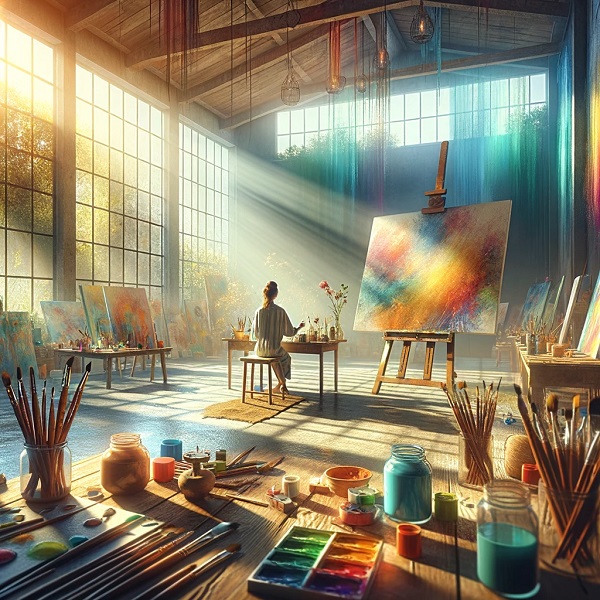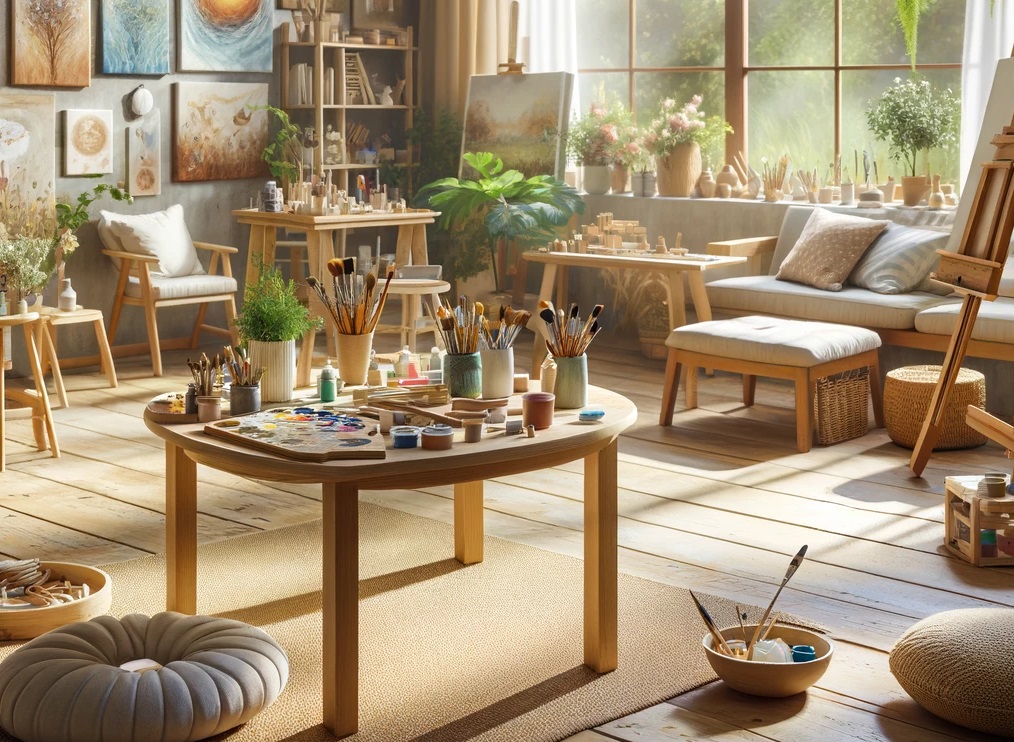In the intricate tapestry of human emotions and experiences, those of us navigating life with Borderline Personality Disorder (BPD) often find ourselves caught in a whirlwind of intense feelings, tumultuous relationships, and a relentless search for identity. Traditional modes of therapy, while effective, can sometimes leave us yearning for a deeper, more expressive outlet to voice the complexities of our inner world. This is where art therapy’s gentle yet profound power beckons, offering a canvas of hope and transformation.
But can art therapy genuinely make a difference for individuals with BPD? Could the simple act of creating art provide the emotional clarity and stability we so desperately seek? In this exploration, we delve into the heart of art therapy as a form of expression, a therapeutic tool, and a beacon of self-discovery for those of us with BPD. Join us as we unfold the layers of how art, in its boundless forms, can become a crucial ally in our journey towards healing and self-understanding.
Art as a Form of Expression
For many grappling with BPD, the nuances of their inner experiences are difficult, if not impossible, to convey through words alone. Art offers a non-verbal avenue to express emotions and experiences that are otherwise hidden. It provides a voice to the voiceless, allowing individuals to externalise their inner turmoil constructively and often beautifully.
Art as a Therapeutic Tool for BPD
Art therapy emerges as a beacon of hope for those with BPD. Recognised as a legitimate therapeutic approach, art therapy leverages the creative process of making art to delve into feelings, reconcile emotional conflicts, enhance self-awareness, and elevate self-esteem. Here’s a closer look at how art functions as a therapeutic tool:
Emotional Regulation
The act of creating art can be incredibly soothing and grounding. For individuals with BPD, who often experience severe emotional fluctuations, art-making offers a stabilising force, helping them manage their emotional ebbs and flows more effectively.
Self-Understanding
Art mirrors the soul, allowing individuals to project their emotions, thoughts, and experiences onto a tangible medium. This creation process fosters a deeper self-understanding by making the abstract tangible and the subconscious conscious.
Self-Esteem and Accomplishment
The process of creating something from nothing is profoundly empowering. For those with BPD who may struggle with feelings of worthlessness, the sense of accomplishment derived from creating art can be a powerful antidote.
Incorporating Art into BPD Management

Managing BPD through art can manifest in various ways, each offering its own set of benefits:
Art Therapy
Engaging with a trained art therapist provides a structured environment for exploration and healing. These professionals can help decode the symbolism in one’s art and guide therapeutic discussions, offering insights that might not emerge through traditional therapy.
Personal Art Practice
Maintaining a personal art practice serves as a vital self-care activity for those with BPD. Whether painting, sculpting, drawing, or engaging in another visual art form, this regular practice offers a consistent outlet for emotional expression and regulation.
Sharing Artistic Expressions
The act of sharing artwork with others can be an empowering and validating experience for individuals with BPD. It allows them to communicate their inner world, fostering understanding and empathy within their support network.
Final Thoughts
Art therapy presents a unique and powerful approach to understanding and managing BPD. It offers a platform for expression, therapy, and self-understanding that transcends conventional communication barriers. Whether through professional art therapy sessions, personal art practice, or sharing artwork with others, individuals with BPD can leverage the transformative power of creativity on their journey toward healing. However, it’s crucial to recognise that while art is valuable, seeking professional guidance is essential for anyone dealing with BPD.



